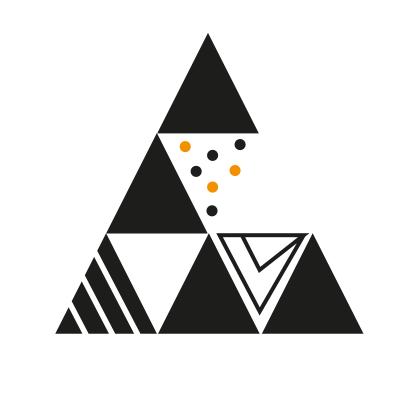Technique
Embroidered Kuba textiles use a combination of cut-pile and flat stitches. Cut-pile (plush) stitching creates a velvet appearance. Basic flat stitches such as chain, stem and buttonhole stitches are used.
Meaning & Symbols
Kuba textiles stand out in patterns and rhythmic design. Abstract, geometric and angular motifs with geometric shapes merging together in a fluid manner. The basic color palette features tone-on-tone hues with flashes of color.
Kuba textiles demonstrate a taste for interrupting the expected line; they compose through juxtapositions of sharply differing units and abrupt shifts of form.
Mathematician Donald Crowe has analyzed, in particular, the two-dimensional designs of Benin, Yoruba and Kuba arts and has shown the extent of the Africans' explorations into the formal possibilities of geometric variation. In their art, the Kuba have developed all the geometric possibilities of repetitive variations of border patterns, and of the seventeen ways that a design can be repetitively varied on a surface, the Kuba have exploited twelve. This exploration does not mean that they confine themselves to repetitive patterning in confronting a surface to be decorated. (Washburn & Crowe, 1998)



